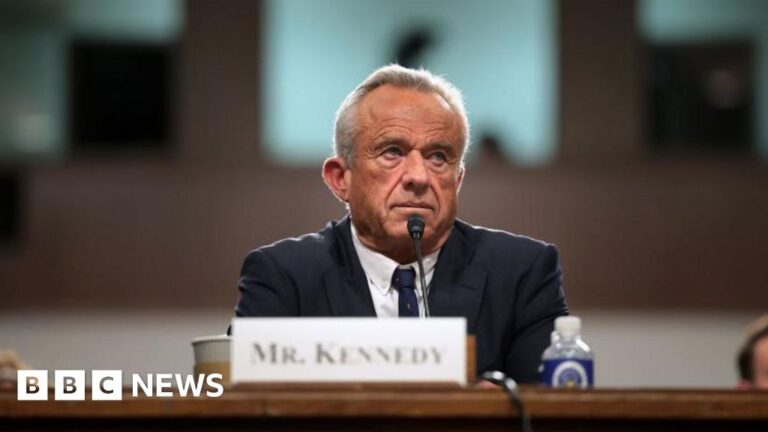India has always taken a hard position on coal, arguing that it is crucial for its energy security and developmental needs. But energy experts and environment campaigners are increasingly saying it should at least try to decarbonise or curtail emissions from coal-fired power plants, if it can’t be phased out altogether.
India’s electricity demand has grown by more than 9% between 2021 and 2025, surpassing a previous prediction of 6.6% – and it is now forecasted to double by 2030. Coal-fired power plants have generated more than 70% of the total electricity supply every year since the early 2000s – a figure that remains unchanged.
The environmental cost of this reliance on coal is huge. Estimates suggest that India’s electricity generation alone accounts for more than 40% of the annual carbon emissions – and nearly three-quarters of that electricity comes from coal-burning.
India has made progress in meeting its renewable energy targets – it contributes 46% of India’s total installed capacity – but renewable sources have limitations. They generate electricity when the sun is up and the wind is blowing. Even at daytime, experts say, supply from renewables can fluctuate, whereas thermal plants remain a constant source of electricity and are able to cater to peak demand in the evenings and at nighttime.
India’s energy storage capacity – or the ability to store excess electricity from renewables at daytime – has not been able to keep pace with the expansion of resources. This means that there is no other option other than thermal energy for constant supply unless and until we have large-scale storage quantities in the system.
Experts say constant supply from thermal plants is crucial for the stability of the grid, or the network of towers and transmission lines that carries electricity from power plants to consumers. Any large mismatch of demand and supply will destabilise the grid and that can mean power-cuts and blackouts.
With all these factors at play, India is looking to reduce emissions from coal-fired power plants, instead of phasing out coal completely. A recent report by the Centre for Science and Environment said that decarbonisation from coal-based thermal plants alone can cut down the country’s greenhouse gas emissions by 30%.
This is particularly significant given the country’s commitment to reduce emissions intensity by 45% by 2030 under the United Nations Framework Convention on Climate Change. But there are challenges. The common problem thermal plants face is that they must keep running at least at 55% capacity even at daytime, despite having alternate renewable sources like wind and solar power to rely on.
That’s because operators cannot ramp up capacity to the fullest at short notice, particularly during the peak hours of evening when supply from renewables is down. Experts say there is an urgent need to make thermal plants more efficient so they can run at a lower capacity. How low can we go to bring down the minimum running level threshold is the question. Technically it is possible.
Another way to improve efficiency of plants is to adapt technologies that capture carbon dioxide emissions to keep them from escaping into the atmosphere. But some say this has produced limited results, with one estimate by the World Resources Institute saying the technology at present captures only about 0.1% of the global emissions.
A third suggestion is to burn agricultural residue in the place of coal in thermal plants. This idea has led to a substantial reduction in coal usage in thermal power plants in Delhi and surrounding cities. But other parts of the country are yet to adopt this seriously, even though regulation requires them to.
Experts say that reducing emissions from coal-fired power plants would need larger systemic changes, involving huge costs. But how much that cost would come down to – and who would bear it – are tough questions with no immediate answers.
Source link




